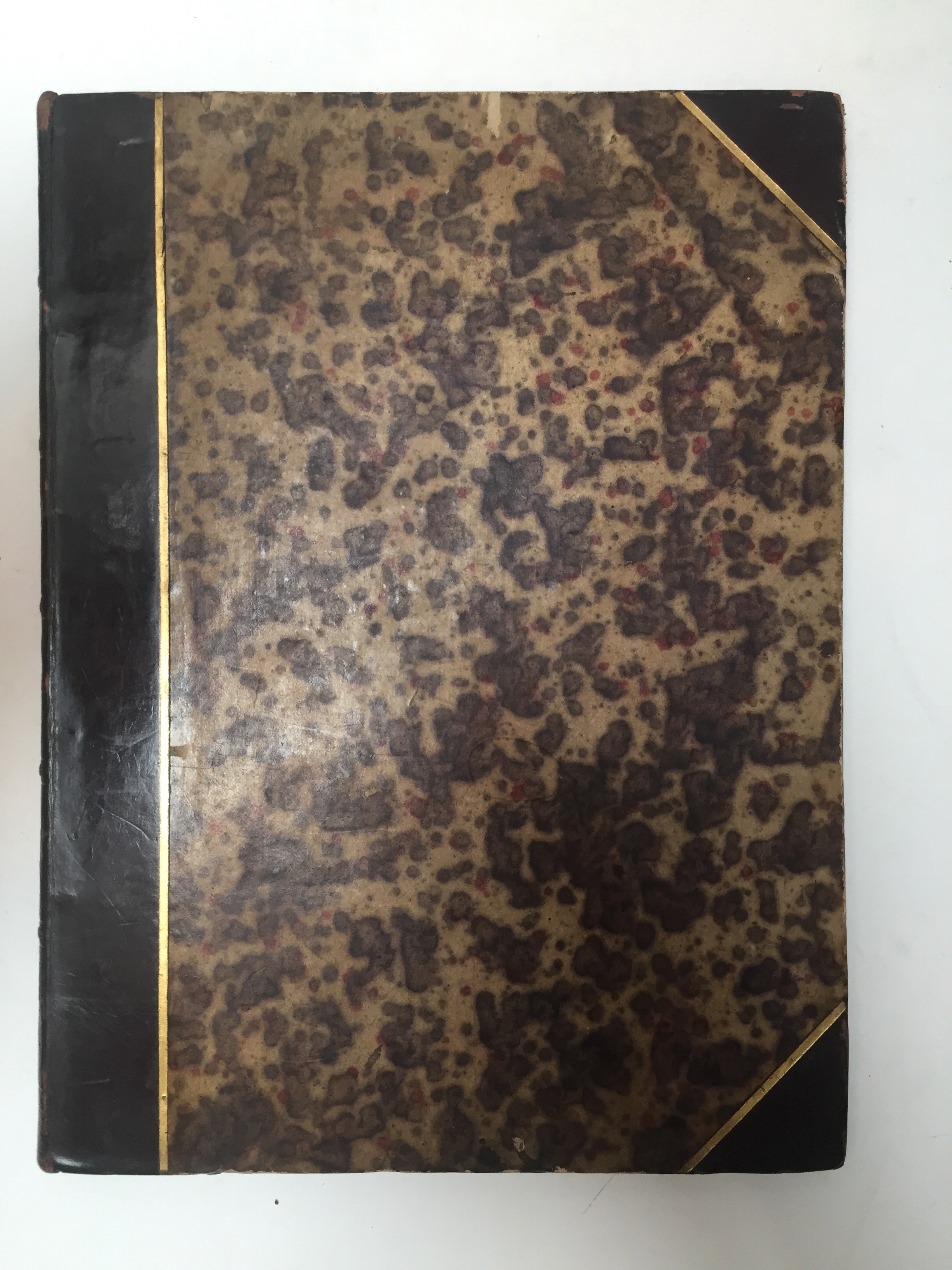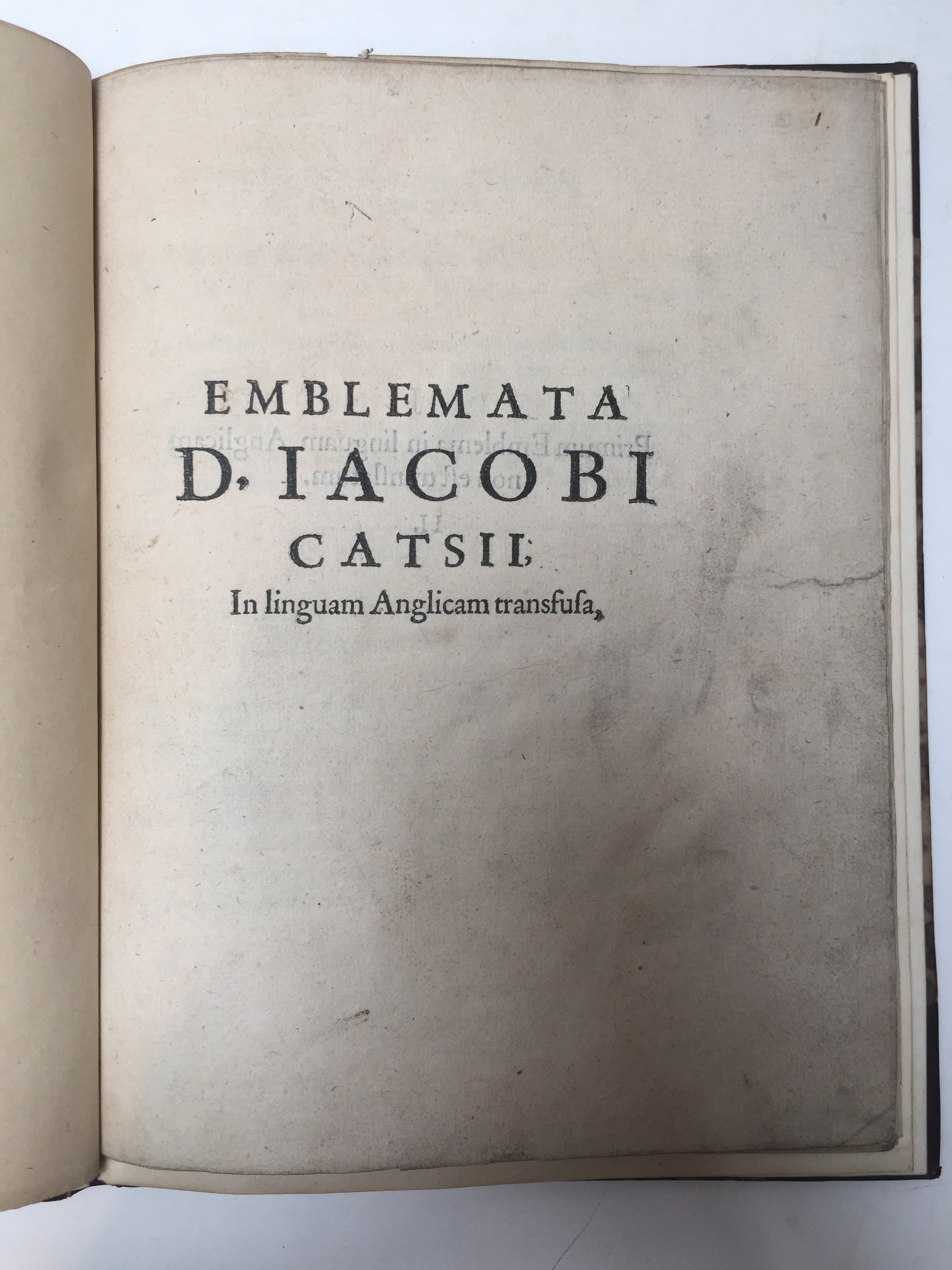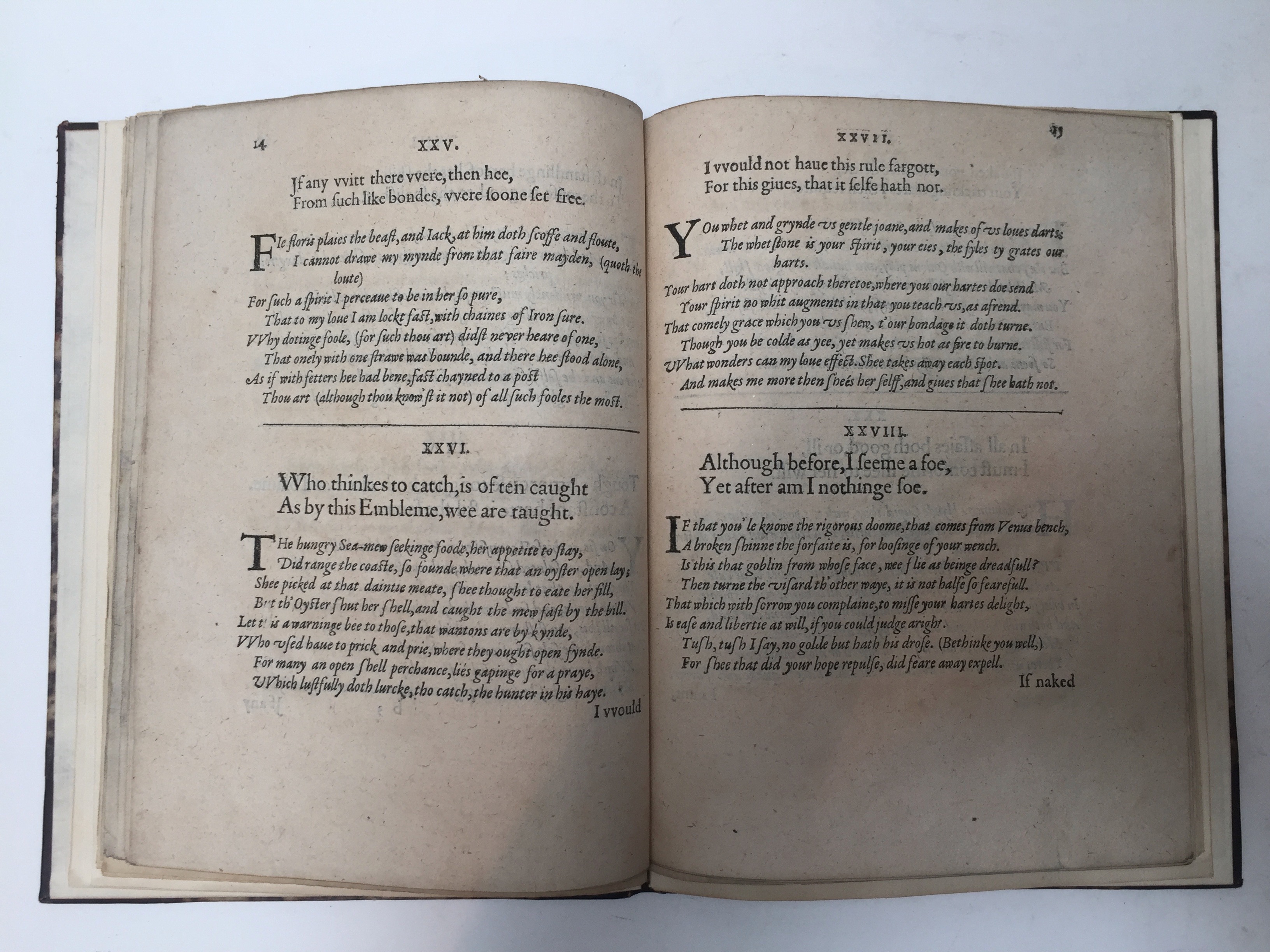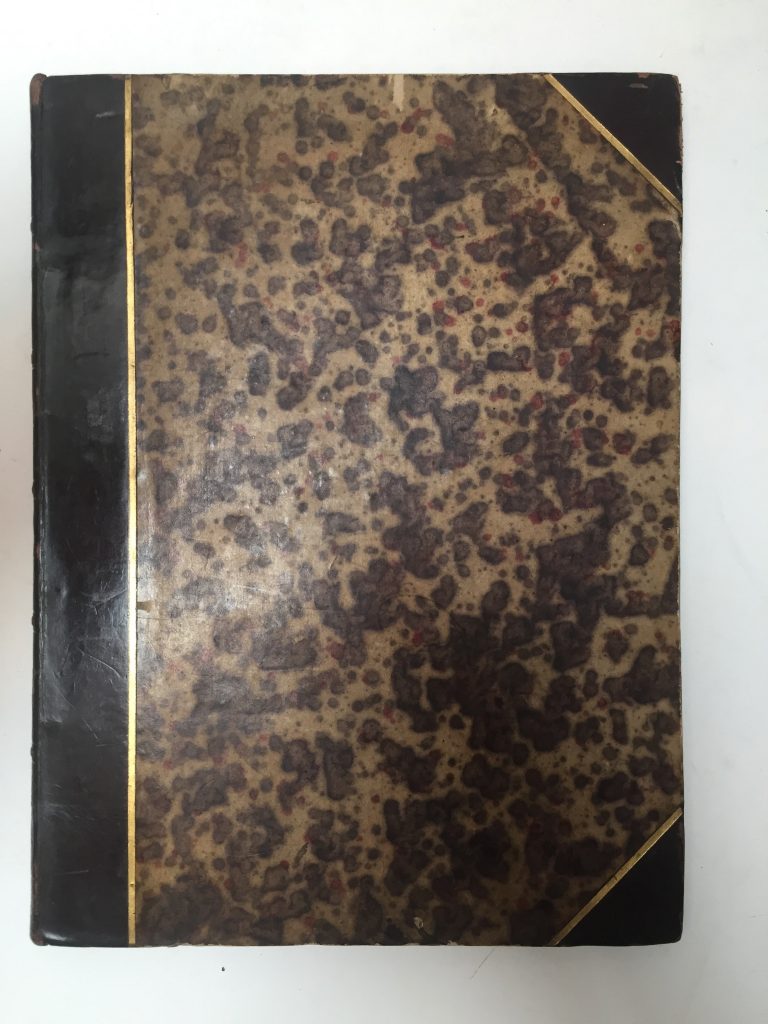CATS, Jacob
Proteus, ofte, Minne-beelden: – Emblemata D. Iacobi Catsii; In Linguam Anglicam transfusa
Rotterdam, P. van Waesberge, 1627£750.00
4to. pp. 28; A-C4, D2. (English part only, of five). Roman and Italic letter. Woodcut tail piece, engraved armorial bookplate of Allan Heywood Bright signed by Alf Downey, on pastedown, mss note on the rarity of the edition tipped in on fly. Light age yellowing, a few minor marginal marks or stains. A very good copy, crisp and clean with good margins in fine C19th three-quarter dark calf over marbled boards, covers gilt ruled, spine with raised bands, richly gilt with small tools in compartments, a little rubbed at extremities.
The English translation of Cats’s first book Sinne-en minnebeelden (Portraits of morality and love) published in 1618, extracted from the collected edition of his emblematic work published in 1627. Jacob Cats (1577-1660), seventeenth-century poet, moralist, and statesman, was one of the leading poets in the golden age of Dutch literature. His emblem books, which reflected a stolid Calvinist philosophy, exhorted readers to virtuous and industrial lives. Enormously popular, the books became the source of many well-known maxims and proverbs, giving him the title of “Father Cats,” a fond soubriquet still used by modern Dutch to describe him. He is best known as a poet and author of emblem books—illustrated collections of didactic and moralistic (although clever and often humorous) poetry. They are valued as treasure troves of sociological and historical detail, illustrating not only many facets of daily life in the seventeenth century, but the moral and philosophical ideals of the era as well.
“Some time ago a study appeared of Cat’s indebtedness to certain English social traditions. His indebtedness was by no means left unrepaid; Cats did not borrow from English literature without some return from his own store. In her valuable ‘English Emblem Books’, Miss Rosemary Freeman remarked that Cat’s work was ‘translated into English’ by Thomas Heywood, among others. .. So far as I can discover, his emblems do not appear translated in the works of English emblematists. Such English translations as were made of his individual emblems are to be found in so obvious a place that they have apparently escaped notice; the 1618 edition of Cat’s Sinne-enMinne Beelden. The emblems appear in the body of the text in three languages, Cats’ native Dutch, French, and Latin. A commendatory sonnet addressed ‘Au tres-digne d’Honeurs & Bon-heurs, le Tres-docte Signeur Iaques Cats,’ by Joshuah Sylvester, famous in English literature for his translations of Du Bartas, praised Cats’ ‘Tri-lingue Stile’ which leads to the conclusion that the author himself was responsible for the French and Latin version of his emblems. At the back of this edition are included English translations of fifty-one emblems, ‘Emblemata D. Iacobi Catsii; In Linguam Anglicam transfusa.’; there is no indication of any translator. It may have been Cat’s himself, with or without the assistance of his pietist friend, William Teellinck, who translated the emblems into English; it might conceivably have been Sylvester, who was for some time a factor in Middelburg and must have known some Dutch at least and who certainly knew French and Latin well. In any case, whoever Englished the emblems did so almost as soon as the Dutch originals appeared in print, a fact which suggestsCats himself or someone in Middelburg very close to him.” Rosalie L. Colie. ‘A note on the English translations from Jacob Cats’.
De Vries 89. Landwehr, Low Countries 118. Praz, p. 300. Adams, Alison. ‘A bibliography of French emblem books of the sixteenth and seventeenth centuries, Nr. F.154.In stock





